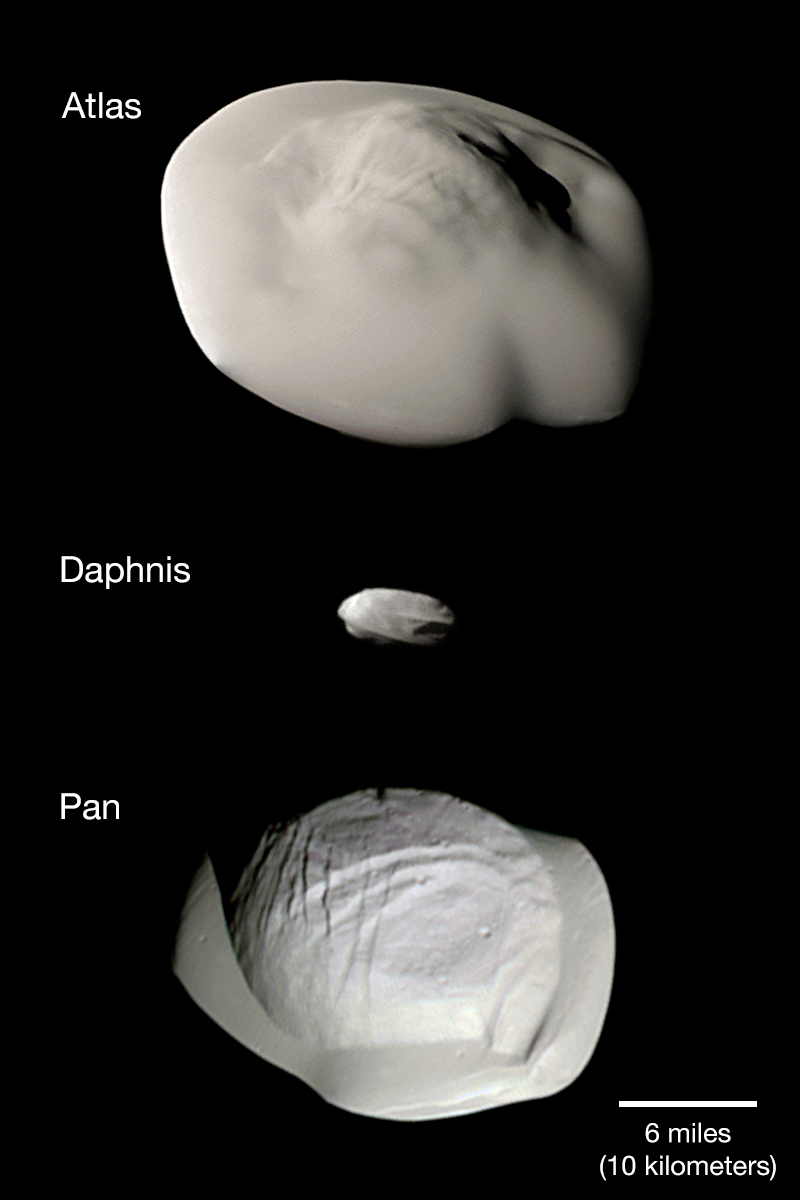The light of a new day on Saturn illuminates the planet’s wavy cloud patterns and the smooth arcs of the vast rings.
Release from NASA/JPL
Thursday, July 6 (DOY 187)
Continuing its ring observations, ISS reacquired and tracked some vaguely S-shaped propeller-like features (https://go.nasa.gov/2pzWU7G) for another two hours. Next, while flying in over the northern, sunlit side of Saturn and its rings, ISS targeted the edge of the broad A ring, the narrow F ring, and the area in-between, studying structures and dynamics in this region for 90 minutes. Images from ISS’s narrow-angle camera enjoyed resolutions better than two kilometers per pixel. CIRS rode along with this, and with the propeller observation.
The red background star Gamma Crucis, which is one of the brightest stars in the southern sky, gradually passed behind the whole ring system. and (from Cassini’s perspective) into Saturn’s atmosphere, by virtue of the spacecraft’s motion. VIMS watched the occultation for 2.5 hours, accompanied by ISS and CIRS.
When the day began, Cassini was little more than halfway through its million-kilometer inbound leg to Saturn. Ever gathering speed, only 9.5 hours later it would whip through periapsis in its Orbit #282. During the remaining two hours before periapsis, UVIS took advantage of the proximity to Saturn’s C ring to slowly scan across it, obtaining ultraviolet spectra at high spatial resolution. This will allow for compositional studies of small-scale structures in the C ring. CIRS and ISS rode along.
Four minutes before periapsis, Cassini plunged through Saturn’s ring plane for the 12th time, on the planet side of the ring system. During the brief period when impacts were considered most likely, the Radio and Plasma Wave Science instrument (RPWS) “listened” for the impacts of ring particles, which RPWS detects via the plasma clouds generated upon impact.
Cassini turned to point its high-gain antenna to Saturn’s rings, and for two hours carried out its third, active, Synthetic-Aperture Radar (SAR) scan of the main rings. SAR observations are sensitive to centimeter-scale and larger particles. Next, the spacecraft turned slightly to face the HGA toward Earth. For the following eight hours, the Radio Science Subsystem (RSS) team used stations of the Deep Space Network (DSN) and the European Space Agency (ESA) to observe while Saturn’s rings were occulted by Cassini’s three continuous radio signals. This occultation covered the F ring, A ring, Cassini Division, the B ring and the outer portion of the C ring, before tracing back out past the F ring again.

NASA’s Astronomy Picture of the Day featured Cassini’s images of three of the larger moons that orbit within the confines of Saturn’s rings; each one has a belt, presumably of “snow” from the rings, around its equator: https://apod.nasa.gov/apod/ap170706.html.

